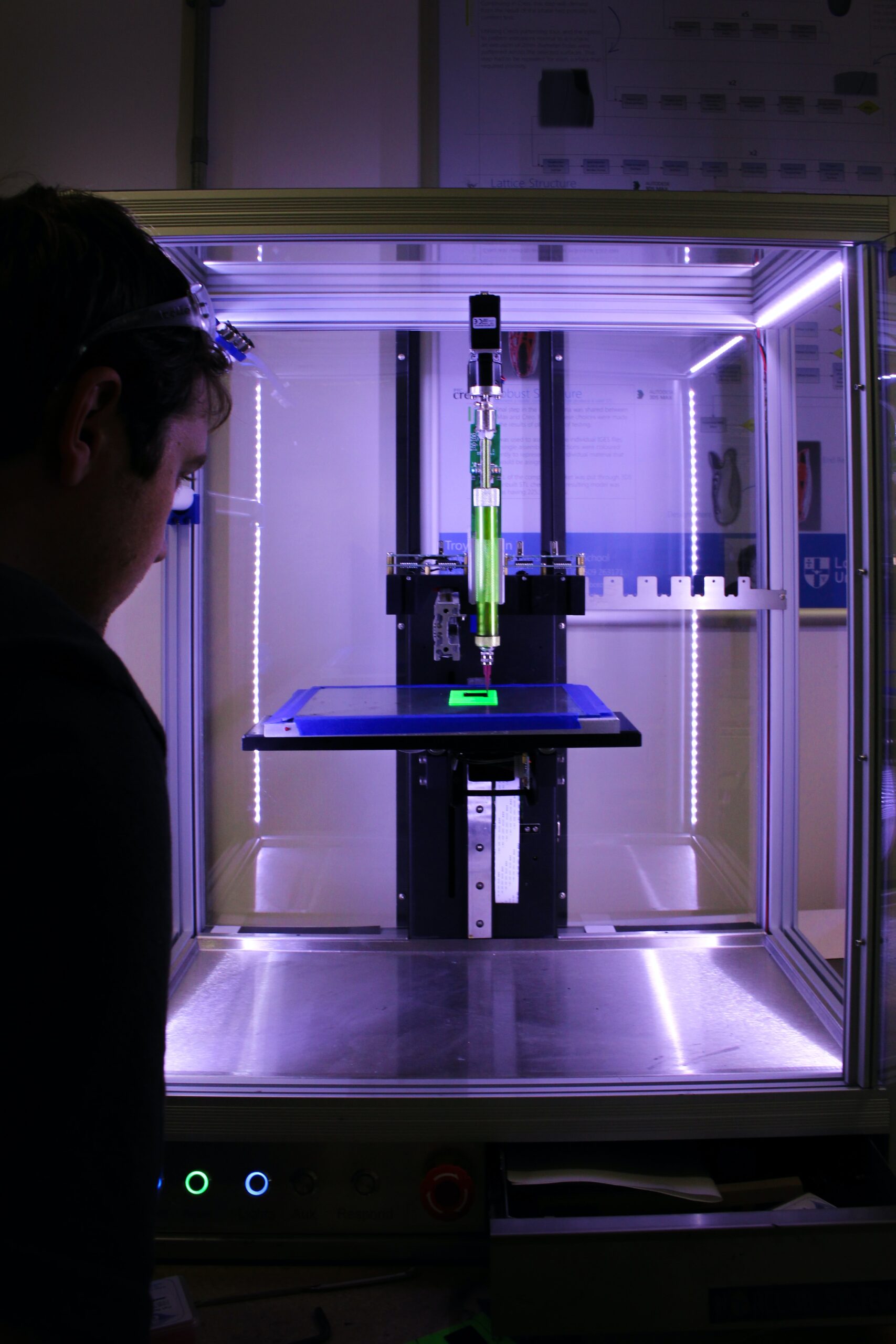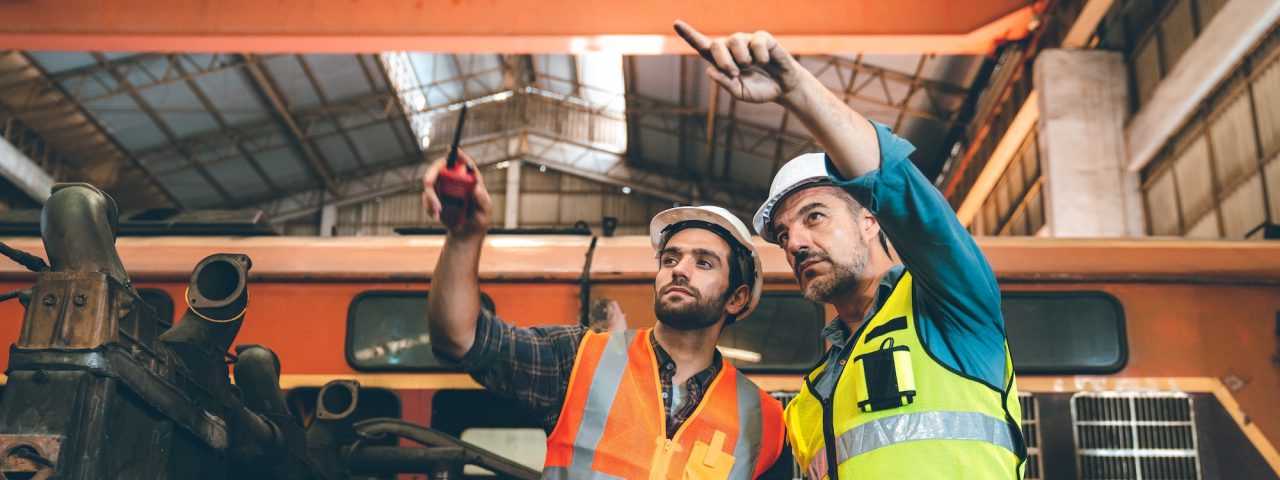目录
Binder Jetting
This process utilizes an adhesive fluid to assemble metal powder in the required shape. The 3D printer does so by layering alternating layers of powder and the binding material. Once the desired object is formed, the jetting machine removes the excess powder and sinters the object in a furnace to fuse the metal particles.
The binder jetting process is relatively simple and cost-effective, so you can use it to create complex parts. You can also easily use it to produce relatively larger objects, like architectural components. Objects that can be 3D printed this way include aircraft fuselage sections, engine components, bone scaffolds and tissue engineering scaffolds, and circuit boards.

3. Directed Energy Deposition
Directed energy deposition essentially deposits molten metal layers to create an object. The process uses a high-powered laser or electron beam that’s used to melt metal powder or wire and deposit it on a pre-prepared substrate (often, a metal plate). It then deposits the metal in layers until the desired 3D shape is created.
The process is versatile, allows for complex creations, and creates parts with excellent mechanical properties. Industrially, you can use it to create high-strength aircraft and spacecraft parts, complex and customized automotive components for regular and military vehicles, power-generation equipment, etc.
4. Laminated Object Manufacturing
LOM is a type of sheet lamination process that can be used to create metallic 3D objects. Note that sheet manufacturing otherwise uses plastics or paper.
In Laminated Object Manufacturing using metals, the object is initially sliced into layers that are printed on separate sheets of metal foil. A layer of binder is deposited on each sheet beforehand, after which they’re sliced with a laser or another appropriate cutting tool.
They’re stacked on top of each other, and pressure is used to bind them together. You’ll have to mechanically improve the resulting object’s surface and finish. Techniques like buffing and sanding can help.
Objects printed through Laminated Object Manufacturing are ideal for prototyping, packaging, mock-ups, etc., and can be used in large-scale projects due to their low cost. You can use them in artistic or educational settings as well.
5. Ultrasonic Additive Manufacturing


